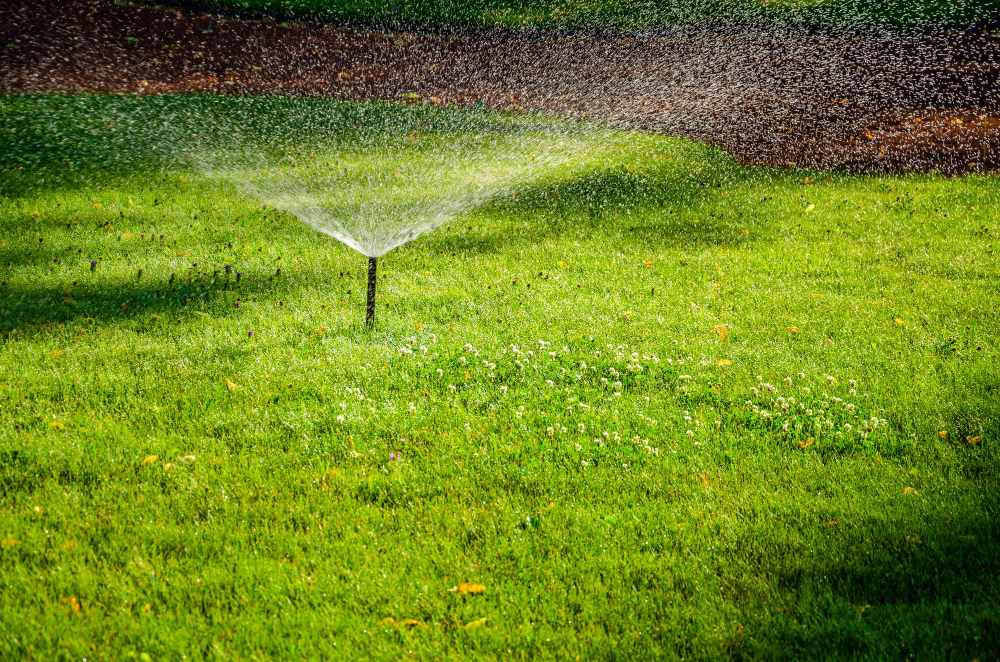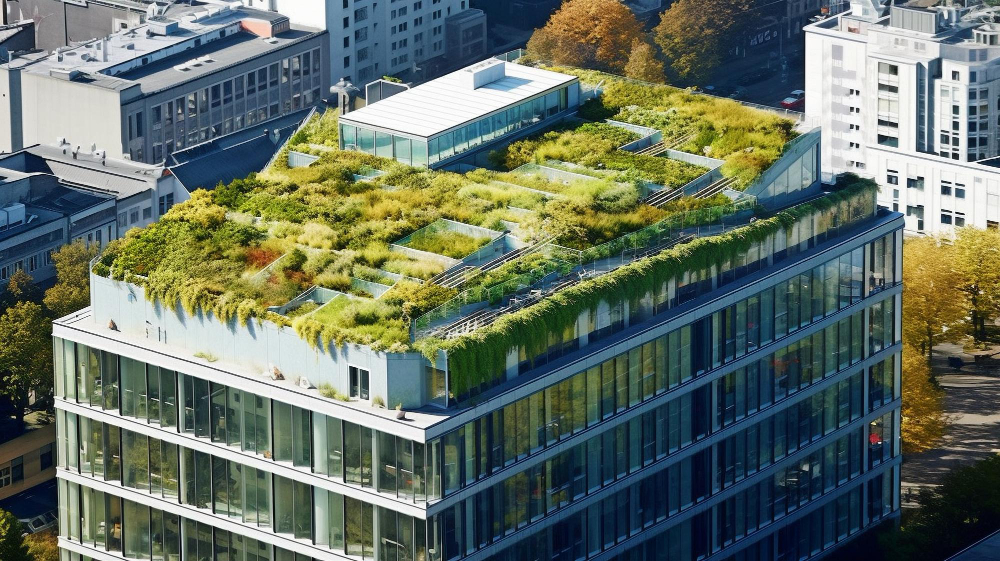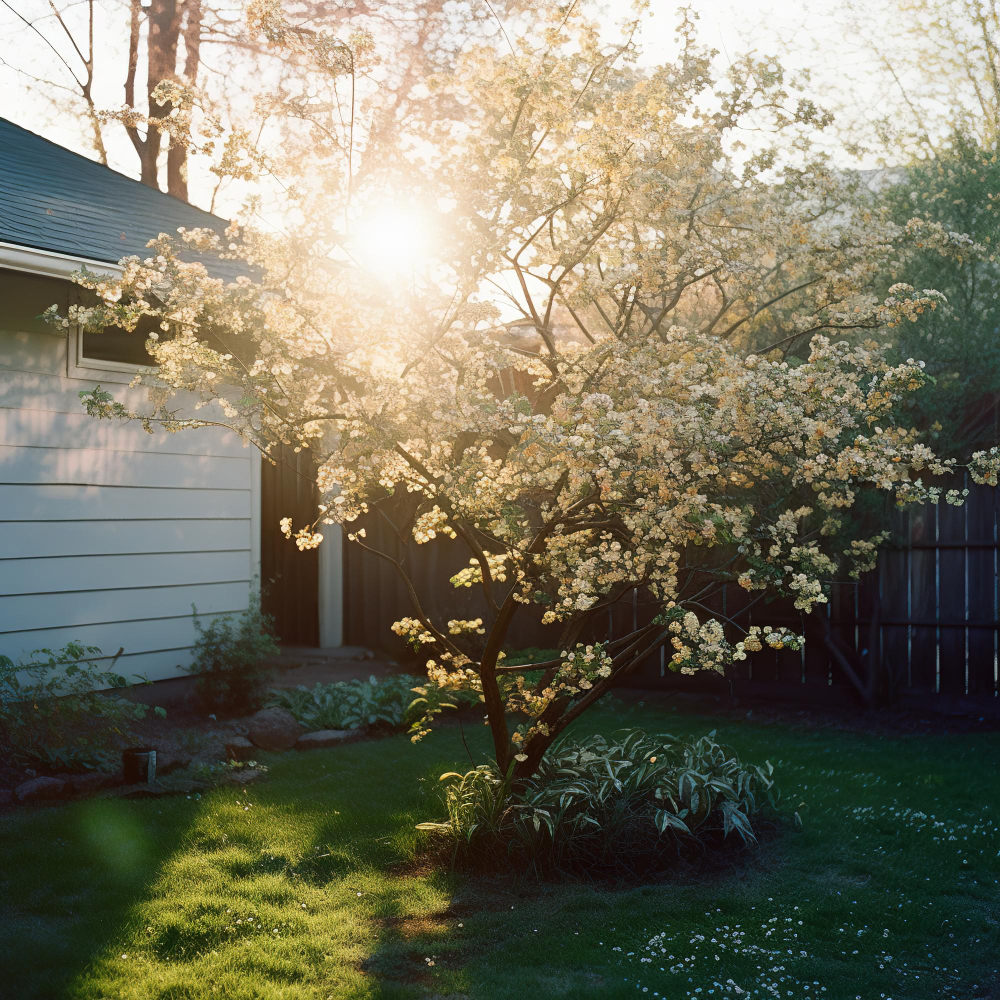Last updated on
A lush, green lawn is the hallmark of a beautiful property — a testament to the care and attention poured into its upkeep. Yet, homeowners often face the challenge of reviving a lawn that has lost its vigor, turning from a vibrant green to a worrisome brown.
In this guide, we’ll explore the essential steps to breathe life back into your lawn, transforming a barren yard into a verdant oasis. With the right approach, it’s possible to reverse the damage and create a thriving, resilient grassy area that not only adds curb appeal but also serves as a personal retreat for relaxation and outdoor activities.
Assessing Your Lawn’s Health

Before diving into the revival process, it’s crucial to assess your lawn’s current condition. Check for signs of dehydration, disease, pests, or nutrient deficiencies. This diagnostic step will guide your choice of treatment, ensuring that you address the right issues. Observe the patterns of discoloration and the presence of weeds, as these can be indicators of the underlying problems.
It’s also important to inspect the quality of the soil. Compacted soil, poor pH levels, and inadequate drainage can all contribute to a lawn’s decline. Perform a soil test to measure its pH and nutrient content, which will provide valuable insights into what your lawn needs to recover fully. Tailoring your approach to these specific conditions is essential for effective lawn rehabilitation.
Regular Maintenance for Sustained Health
Once your lawn begins to recover, regular maintenance is essential to keep it in top shape. This includes consistent mowing at the right height for your grass type, which encourages dense growth and helps the lawn outcompete weeds.
Mow your lawn when the grass is dry to avoid spreading diseases and leave the clippings on the lawn to provide a natural source of nutrients. Also, implement a regular watering schedule that allows for deep, infrequent watering.
This watering method encourages deeper root growth, which is critical for a lawn’s resilience to drought and high temperatures. Be vigilant about ongoing weed control and timely pest management, and continue to monitor your lawn’s health, adjusting your care strategy as necessary to maintain its lush, green appearance.
If you’re looking for professional help in Texas, for example, you can contact a lawn care company by researching online for local options or asking for recommendations from neighbors and friends. Ultimately, the health of your lawn depends on a combination of proper care and favorable environmental conditions.
Aeration: The First Step to Recovery

Aeration is a critical first step in revitalizing your lawn, allowing air, water, and nutrients to penetrate deep into the soil and reach the grassroots. This process involves removing small plugs of soil from the lawn to relieve compaction and promote root growth. You can rent or purchase a lawn aerator, or for small patches, use a handheld aerating tool.
After aerating, give your lawn a good watering. This encourages the grassroots to grow deeper, seeking the water below and thus becoming more resilient to drought. Aeration should be done during a growth period, ideally in the early spring or fall, to maximize the lawn’s ability to heal and fill in any open areas left by the removed soil.
Seeding and Overseeding
If bare patches are visible, seeding, or overseeding if the lawn is thin, can help establish new growth. Choose a grass seed that’s appropriate for your climate and the amount of sunlight your lawn receives. Spread the seed evenly over the necessary areas, lightly raking it in to ensure good soil contact. Keep the area moist to encourage germination.
Overseeding is not just for fixing bare spots; it can also be beneficial for the overall lawn health. Introducing new grass varieties can improve the lawn’s resistance to pests, diseases, and changing weather conditions. Remember to mow your lawn to a shorter height before overseeding to improve seed-to-soil contact and avoid watering too heavily, which can displace the seeds.
Nutrients: Fertilization and Soil Amendments
Fertilizing plays a vital role in a lawn’s health, providing essential nutrients that might be lacking in the soil. Use a balanced fertilizer that contains nitrogen, phosphorus, and potassium in the correct ratio for your grass type. Fertilize according to the product’s instructions, taking care not to apply too much, as this can burn the grass and lead to more problems.
In some cases, your lawn might need more than just fertilizer. If the soil test reveals specific deficiencies, you may need to add soil amendments like lime (to raise pH) or sulfur (to lower pH). Adding organic matter, such as compost, can also enhance the soil’s structure and its ability to retain moisture, further supporting your lawn’s recovery.
Bringing your lawn back from the brink of brown to the lushness of green is a fulfilling journey that requires patience, commitment, and consistent care. By following the steps of aeration, proper seeding, and regular maintenance, you set the stage for healthy growth that can stand the test of time and weather.
It’s essential not to overlook the necessity for correct fertilization and possible soil amendments to ensure the ground beneath your grass is as healthy as the blades that grow through it.
Related reading:
Table of Contents





